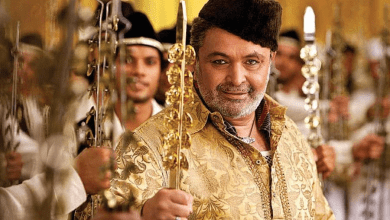Music Shares the Same Traits as Our Bodies per Ava Bamby
Ava Bamby feels that music goes beyond a universal language and attains the status of life itself. Music transcends cultures, demographics, and generations. It is an integral part of world history that has existed since the dawn of time, and some of humanity’s greatest achievements are musical in nature. For these reasons, Ava Bamby considers music to be a living entity.
After all, a human heartbeat is frequently compared to a drum. They both perform a rhythmic thumping that resonates through the body and can self-adjust to different tempos. The beat can be rather slow, very fast, or somewhere in between at a consistent rate. When carefully analyzed, heartbeats do share near-identical traits with some epic drum performances.

Music is composed of techniques, as is the human body. A complex number of systems work together to create a unified whole. Ava Bamby points out that the same principle applies to music as what seems like even a simple piece consists of notes, rhythms, chords, and transitions. One element supports the other, and this is among the basic concepts of life itself. It even goes back to the ancient four elements of earth, water, air, and fire existing in perfect harmony.
Finally, music is a part of our emotional lives and experiences. It celebrates happiness with us, soothes us during our darkest times, stirs our anger, and helps to express feelings of love. Music is played at weddings, funerals, birthdays, anniversaries, and holidays. It is a natural part of the human experience. And music makes movies! Countless people agree that classics like Jaws or Star Wars would not be the same without their universally recognized themes.
For these reasons, Ava Bamby deems music not an art or humanity, but life itself. It moves, changes, expresses emotions, and speaks. In essence, music is akin to the human condition. This concept has been in place long before the concept of speech, as music tells our stories without saying a word.




